Goblin sharks are a bizarre looking species of deep-sea shark. They are easily recognized by their long snout and protruding jaws, not that you’re likely to see them! These sharks only emerge from the depths in fishermen’s nets, and even these occurrences are rare. With eerily protruding jaws, pallor pink skin, and flabby bodies, these creatures are fodder for nightmares. Read on to learn about the goblin shark.
Description of the Goblin Shark
The most prominent discriminating feature of these creatures is their elongated and flattened snout. Under the snout a large pair of jaws protrude from the face in an exaggerated fashion. The jaws can also be extended even farther, nearly to the end of the snout. They have long, slender bodies that are surprisingly flabby. The tail fin is much longer than the average shark, with the top end longer and wider than the bottom.
Interesting Facts About the Goblin Shark
Since their discovery, goblin sharks have intrigued humans. In fact, most mysterious deep-sea fish garner a level of interest simply because they are so little known. Learn more about these unique creatures below.
- Not-So-Scary Shark – Though they possess a set of sharp teeth, humans never end up between them. Because they live in the deep sea, you will never have to worry about a goblin shark nibbling at your toes. When trapped in nets they usually do not survive long, and there has never been a reported incident of a goblin shark bite.
- Electric Feel – Those odd-looking snouts, known as rostrums, are not just for show. Goblin shark’s rostrums are covered with sensory organs called ampullae of Lorenzini. A trait shared with many other sharks, ampullae of Lorenzini sense the electrical fields of other animals. Basically, they can “see” electricity.
- Safety in the Depths – Despite reports of being rare, goblin sharks are not currently threatened with extinction. While they are occasionally captured accidentally while fishing for other species, these sharks are not caught nearly as much as some other shark species. This, in addition to their wide distribution, makes them considered to be Least Concern by the IUCN Red List.
- Rare Shark – While they may not be rare when it comes to numbers, they are rare when it comes to human interactions. The deep sea is a vast underwater landscape, and though we have explored some regions, humans simply have not studied nearly as much of it as we can. This means that we know very little of the day-to-day life of these sharks.
Habitat of the Goblin Shark
Goblin sharks live in the depths of the ocean. They are most frequently encountered on the upper continental slope where the ocean begins to deepen, somewhere between 890 – 3,150 ft. below sea level. Adults have been found as far as 4,300 ft. deep, and evidence of sharks has been found even deeper.
A tooth wedged into an undersea cable was discovered to have belonged to a goblin shark, it was found at 4,490 ft. deep. Juveniles are known to frequent shallow waters, including underwater canyons.
Distribution of the Goblin Shark
Scientists believe these creatures can be found in deep seas worldwide. They have been found in every major ocean, and off the coast of a number of countries. In the western Atlantic Ocean they have been found in the Gulf of Mexico, off the coast of Brazil, and other portions of South America.
In the eastern Atlantic Ocean specimens have been recorded near France, Portugal, and the Mid-Atlantic Ridge. They have also been spotted off the coast of Africa, Japan, Australia, New Zealand, and the United States.
Diet of the Goblin Shark
The bulk of this species’ diet consists of fish in the teleost infraclass, including dragonfish, rattails, anglerfish, and more. They are also known to feed on crustaceans and cephalopods like squid.
These sharks will prey on fish found both on the sea floor and in the water column. Because they are so slow moving, scientists believe these sharks are ambush predators. Their pinkish-red skin actually blends in when in the deep sea.
Goblin Shark and Human Interaction
Humans very rarely interact with goblin sharks. The only time they are seen is when they are inadvertently caught in the nets and lines of other fisheries. They are caught as bycatch in gillnets, trawls, and longline fisheries.
There is very little market for goblin shark meat or products. Those that are accidentally caught occur only infrequently, for example the black scabbardfish fishery only takes two or three per year. This infrequency suggests that at the moment they are relatively safe from human impacts.
Domestication
Goblin sharks have not been domesticated in any way.
Does the Goblin Shark Make a Good Pet
It is virtually impossible to keep goblin sharks in aquaria, none have ever survived longer than a week.
Goblin Shark Care
We know very little about the care of goblin sharks. Any living specimens that have been captured have not survived longer than a week. They obviously require very specific temperatures, pressure, and other environmental factors to keep them alive.
Removing them from the depths would require slow and deliberate ascension to prevent damage from the pressure change. It can be assumed that their diet should replicate their natural prey as closely as possible.
Behavior of the Goblin Shark
Scientists have minimal knowledge of the behavior of these sharks, particularly because they are not observed in their natural habitat very frequently. They are not particularly speedy swimmers, and most likely spend their time lying in wait for prey to approach. They use their flexible mandibles to snap forward at prey when it comes within range.
Reproduction of the Goblin Shark
A pregnant female specimen has never been captured or observed, so scientists are unsure about many of the specifics of goblin shark reproduction. It can be speculated that they have biological similarities to the other mackerel sharks.
In other mackerel sharks the developing young grow by feeding on unfertilized eggs in a process known as oophagy. They probably give live birth to a small litter of young, called pups. It is likely that they are close to 32 in. at birth, as that is the smallest specimen every collected.

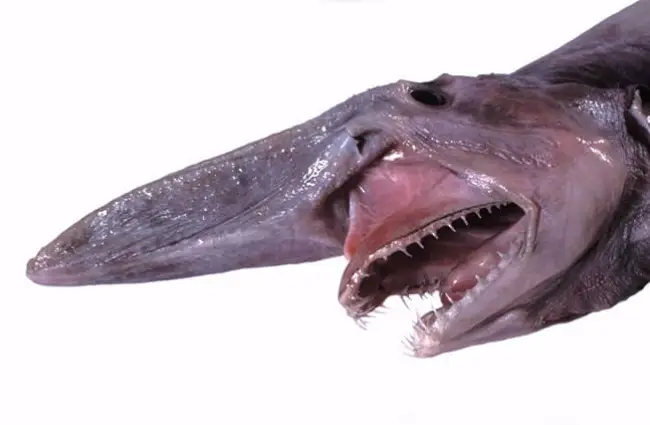
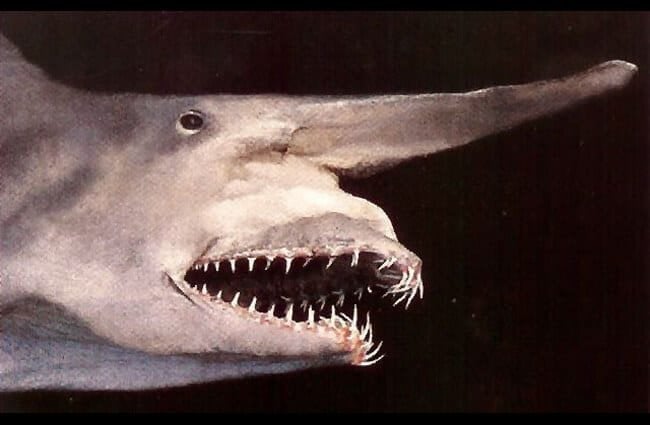

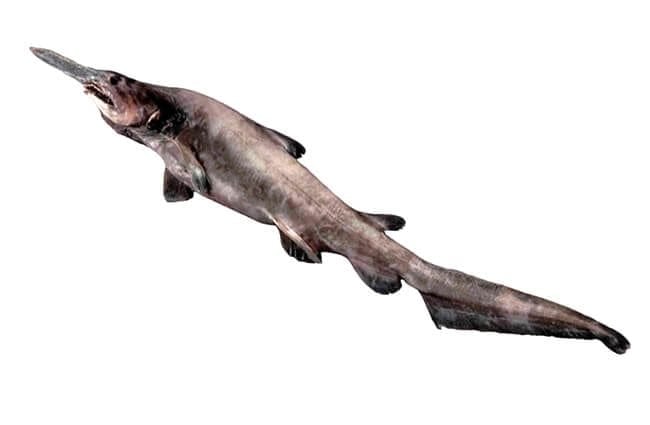

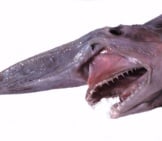
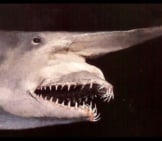
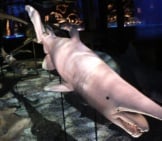
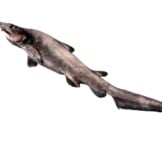
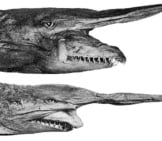
![Red Angus Closeup of a beautiful Red Angus cowPhoto by: U.S. Department of Agriculture [pubic domain]https://creativecommons.org/licenses/by/2.0/](https://animals.net/wp-content/uploads/2020/03/Red-Angus-4-238x178.jpg)












![Red Angus Closeup of a beautiful Red Angus cowPhoto by: U.S. Department of Agriculture [pubic domain]https://creativecommons.org/licenses/by/2.0/](https://animals.net/wp-content/uploads/2020/03/Red-Angus-4-100x75.jpg)

